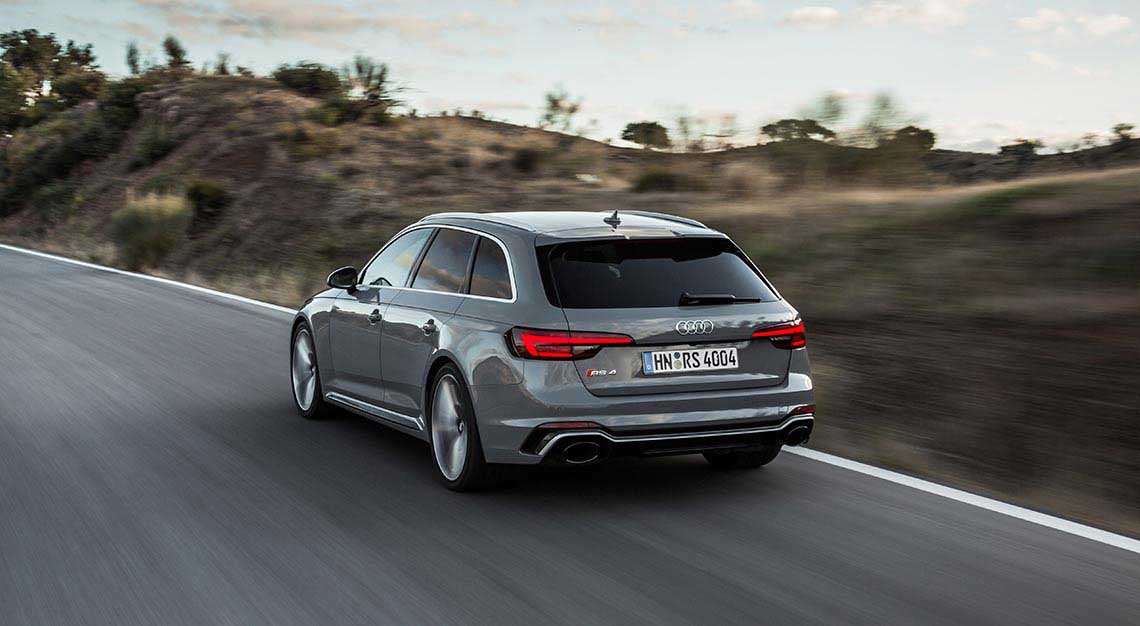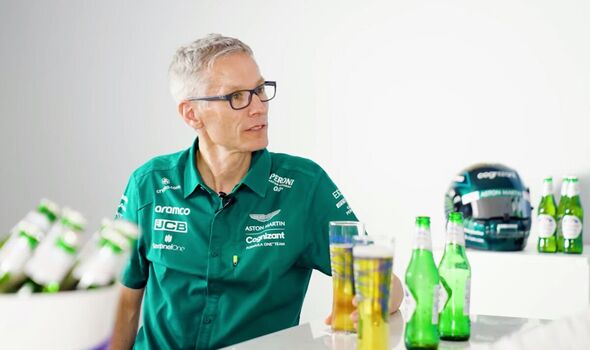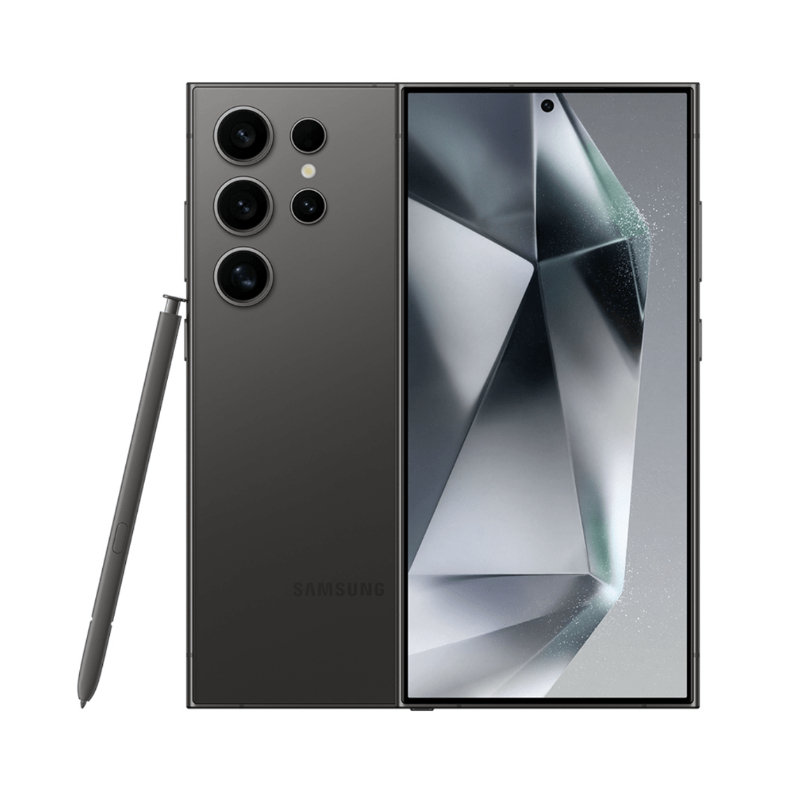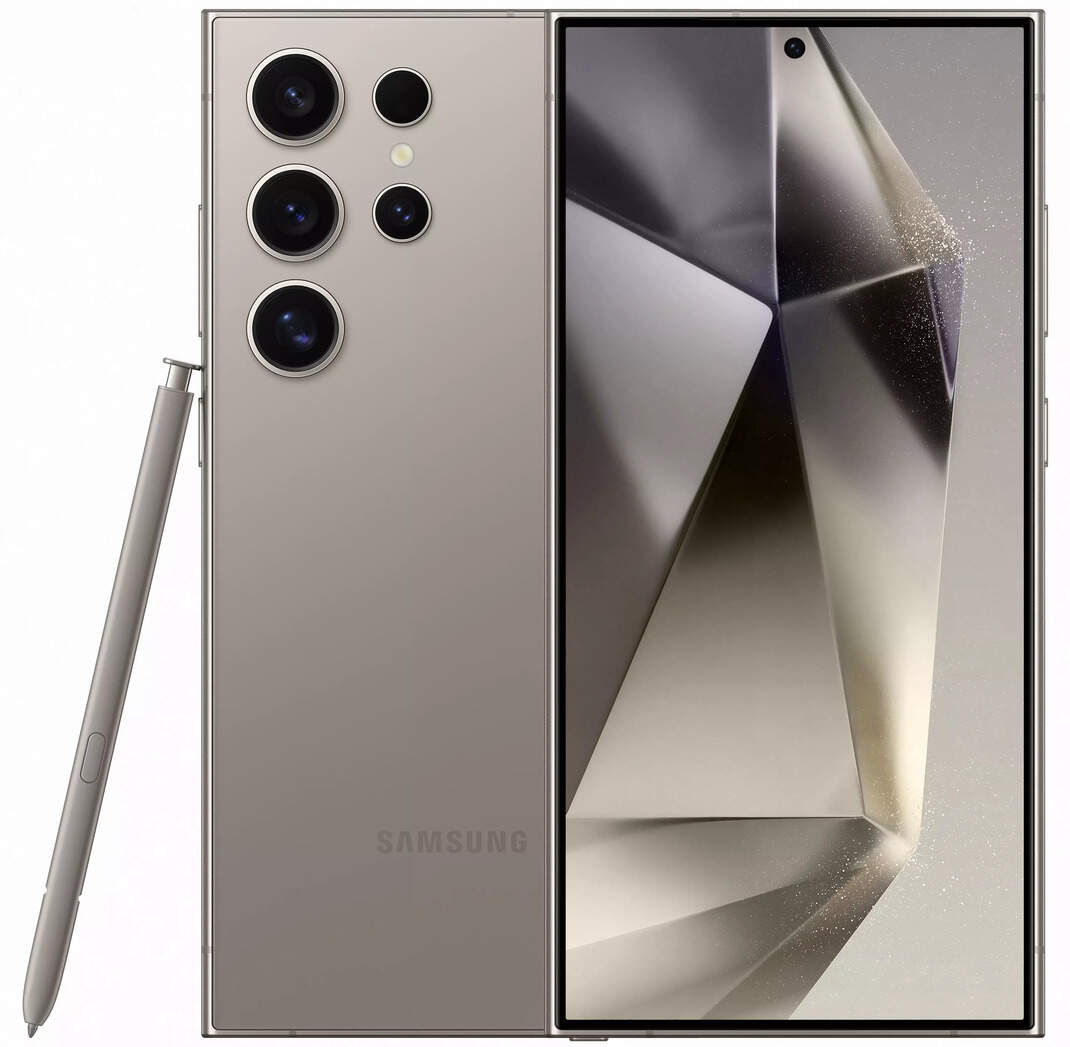The China Factor: Why Luxury Carmakers Like BMW And Porsche Are Facing Headwinds

Table of Contents
Economic Slowdown and Shifting Consumer Sentiment
China's economic growth, once a relentless engine driving luxury goods consumption, has recently slowed. This deceleration significantly impacts the luxury car market. Decreased consumer confidence translates directly into reduced discretionary spending, affecting high-end purchases like luxury vehicles. We're seeing a shift in consumer preferences toward more affordable luxury options, even within the premium segment.
- Decreased consumer confidence: Economic uncertainty leads to a more cautious approach to large expenditures.
- Impact on high-end purchases: Luxury cars are often viewed as non-essential, making them vulnerable during economic downturns.
- Shifting consumer preferences: Buyers are increasingly discerning, demanding greater value for their money.
- Government policies: Government regulations and tax policies on luxury goods further influence purchasing decisions.
Analyzing key economic indicators like GDP growth, consumer price index (CPI), and disposable income reveals a strong correlation with luxury car sales figures in China. Government initiatives aimed at controlling inflation and promoting domestic consumption also play a crucial role in shaping the market dynamics.
The Rise of Domestic Chinese Luxury Car Brands
The emergence of powerful Chinese luxury car brands is a game-changer. These domestic players are no longer simply competing on price; they're offering increasingly sophisticated vehicles with advanced technology and design, directly challenging the dominance of international brands. Their rise is fueled by several factors:
- Increased quality and technological advancements: Chinese manufacturers are rapidly closing the technological gap, offering features comparable to, and in some cases surpassing, their international counterparts.
- Stronger brand recognition and consumer loyalty: Effective marketing campaigns and a focus on understanding the Chinese consumer are building strong brand identities and loyalty.
- Competitive pricing strategies: Domestic brands often offer competitive pricing, appealing to price-sensitive luxury buyers.
- Government support and initiatives: Government policies actively support the growth of domestic auto brands, providing incentives and fostering technological advancements.
Brands like Nio, Xpeng, and Li Auto are gaining significant market share, leveraging advanced technology like battery-swapping stations and sophisticated autonomous driving features. Their success demonstrates the potent combination of technological prowess, tailored marketing, and government support.
Supply Chain Disruptions and Geopolitical Uncertainties
Global supply chain disruptions and rising geopolitical tensions further complicate the landscape for luxury carmakers. These challenges affect production, delivery timelines, and overall costs.
- Impact of semiconductor shortages: The ongoing global chip shortage continues to constrain production capacity, impacting delivery times and potentially sales figures.
- Increased logistical costs and transportation challenges: Disrupted global trade routes lead to increased transportation costs and delays.
- Geopolitical risks: Trade wars, sanctions, and political instability create uncertainty and potentially disrupt supply chains.
- Impact of trade wars and tariffs: Tariffs on imported vehicles can significantly increase the final price, impacting competitiveness.
For BMW and Porsche, these supply chain disruptions translate into increased production costs and potential delays in delivering vehicles to the Chinese market, impacting their ability to meet consumer demand.
The Electrification Shift and the Need for Adaptation
China is at the forefront of the global electric vehicle (EV) revolution. The rapid adoption of EVs presents both opportunities and challenges for luxury carmakers.
- Growing demand for electric and hybrid luxury cars: Chinese consumers increasingly show a preference for sustainable and environmentally friendly vehicles.
- Government incentives and regulations promoting EV adoption: Substantial government incentives and regulations are pushing the market toward electrification.
- Investment in EV infrastructure and charging networks: Significant investments are being made in charging infrastructure, creating a more supportive environment for EV adoption.
- Challenges of competing with Chinese EV manufacturers: Domestic Chinese EV brands are often ahead in terms of technology and charging infrastructure, posing a stiff challenge.
BMW and Porsche are investing heavily in their EV portfolios, launching models like the BMW iX and the Porsche Taycan. However, effectively competing with the established Chinese EV players requires more than simply introducing electric models; it demands strategic partnerships, localized production, and a deep understanding of the specific needs of the Chinese EV market.
Conclusion
The "China factor" presents a multifaceted challenge to luxury carmakers like BMW and Porsche. The confluence of economic slowdown, rising domestic competition, supply chain vulnerabilities, and the rapid shift towards electric vehicles demands a strategic response. To maintain their competitiveness and achieve long-term success in this crucial market, these brands must adapt their strategies to effectively address the changing consumer preferences, invest in localization and electrification, strengthen their supply chain resilience, and develop innovative approaches to counter the growing influence of domestic Chinese brands. Understanding and successfully navigating the "China factor" is no longer optional; it's essential for survival and continued growth in the global luxury car market.

Featured Posts
-
 Moto Gp Argentina 2025 Jadwal Tayang Dan Siaran Langsung Di Trans7
May 26, 2025
Moto Gp Argentina 2025 Jadwal Tayang Dan Siaran Langsung Di Trans7
May 26, 2025 -
 Nike Running Shoes 2025 Find Your Perfect Fit
May 26, 2025
Nike Running Shoes 2025 Find Your Perfect Fit
May 26, 2025 -
 Arrest In Deadly Myrtle Beach Hit And Run Case
May 26, 2025
Arrest In Deadly Myrtle Beach Hit And Run Case
May 26, 2025 -
 Beyond 40 Examining The Careers Of F1 Drivers In Their Later Years
May 26, 2025
Beyond 40 Examining The Careers Of F1 Drivers In Their Later Years
May 26, 2025 -
 Jadwal Dan Lokasi Moto Gp Inggris Informasi Terlengkap
May 26, 2025
Jadwal Dan Lokasi Moto Gp Inggris Informasi Terlengkap
May 26, 2025
Latest Posts
-
 Samsung Galaxy S25 512 Go 512 Go Le Test Et Les Meilleures Offres
May 28, 2025
Samsung Galaxy S25 512 Go 512 Go Le Test Et Les Meilleures Offres
May 28, 2025 -
 Samsung Galaxy S25 256 Go 775 E Caracteristiques Et Performances
May 28, 2025
Samsung Galaxy S25 256 Go 775 E Caracteristiques Et Performances
May 28, 2025 -
 Comparatif Prix Samsung Galaxy S25 512 Go Trouver Le Meilleur Bon Plan
May 28, 2025
Comparatif Prix Samsung Galaxy S25 512 Go Trouver Le Meilleur Bon Plan
May 28, 2025 -
 Acheter Le Samsung Galaxy S25 256 Go A 775 E Bon Plan Ou Arnaque
May 28, 2025
Acheter Le Samsung Galaxy S25 256 Go A 775 E Bon Plan Ou Arnaque
May 28, 2025 -
 Acheter Samsung Galaxy S25 512 Go Bon Plan A 985 56 E 5 Etoiles
May 28, 2025
Acheter Samsung Galaxy S25 512 Go Bon Plan A 985 56 E 5 Etoiles
May 28, 2025
